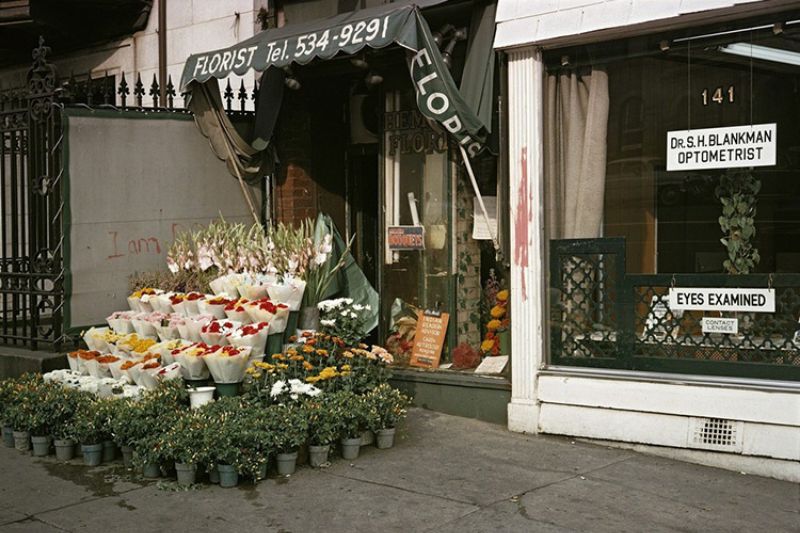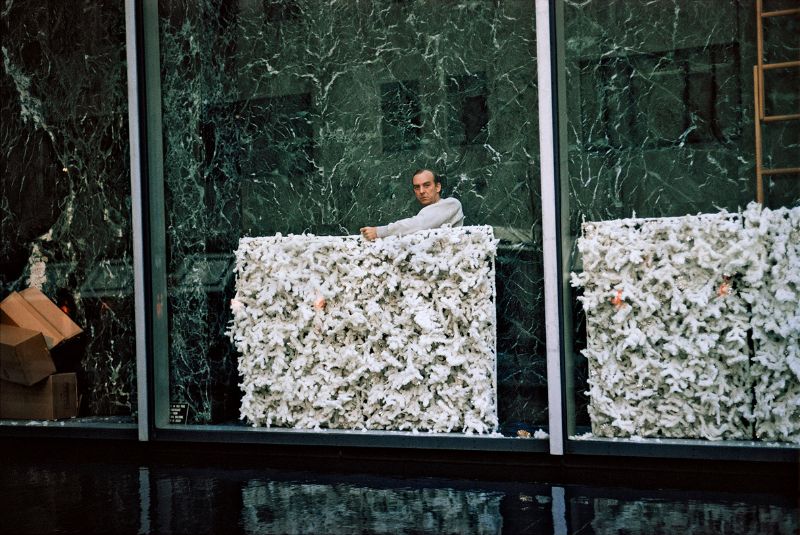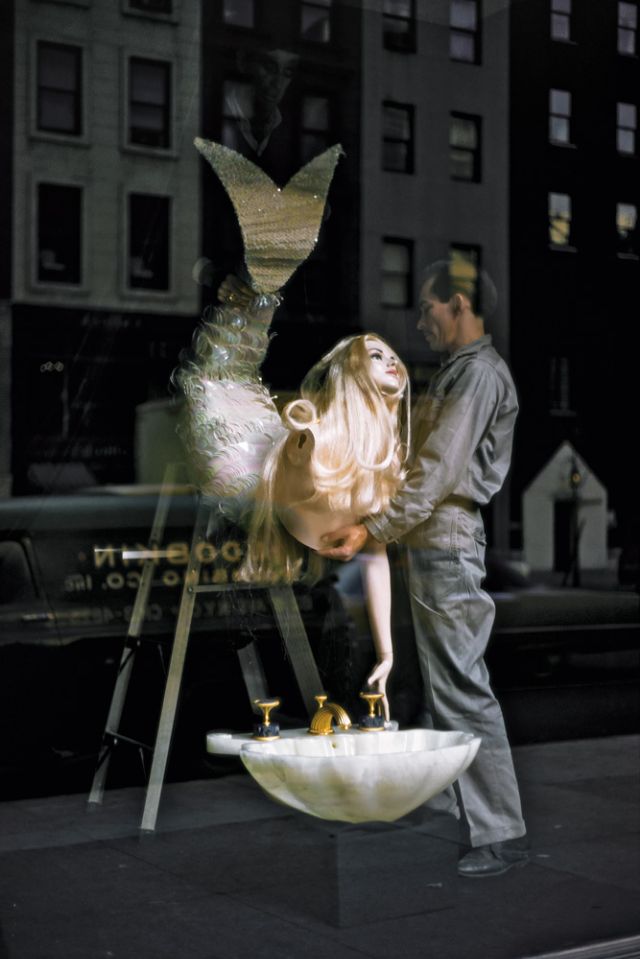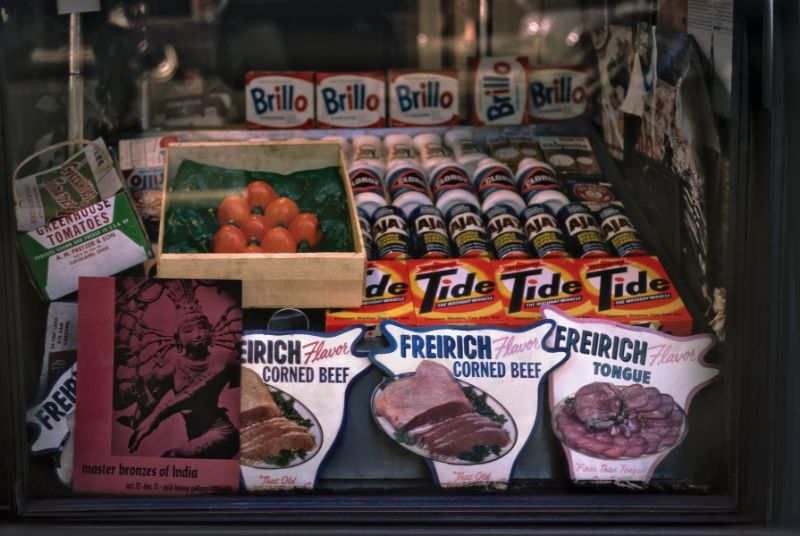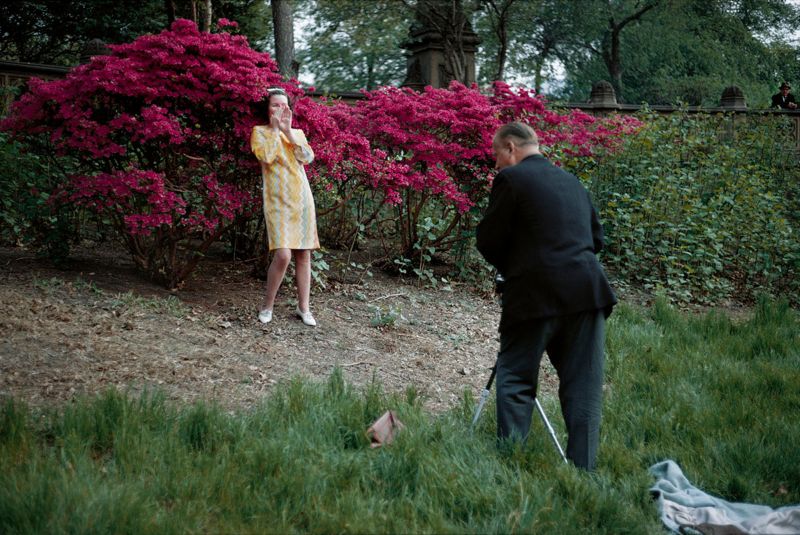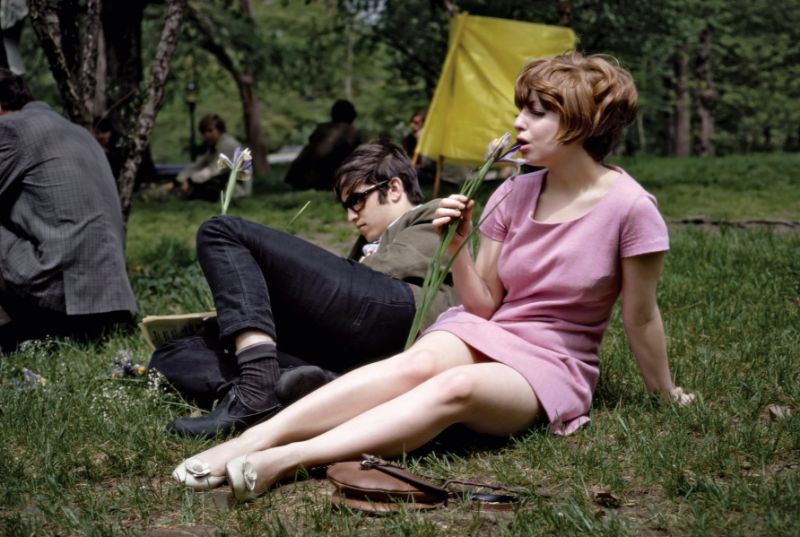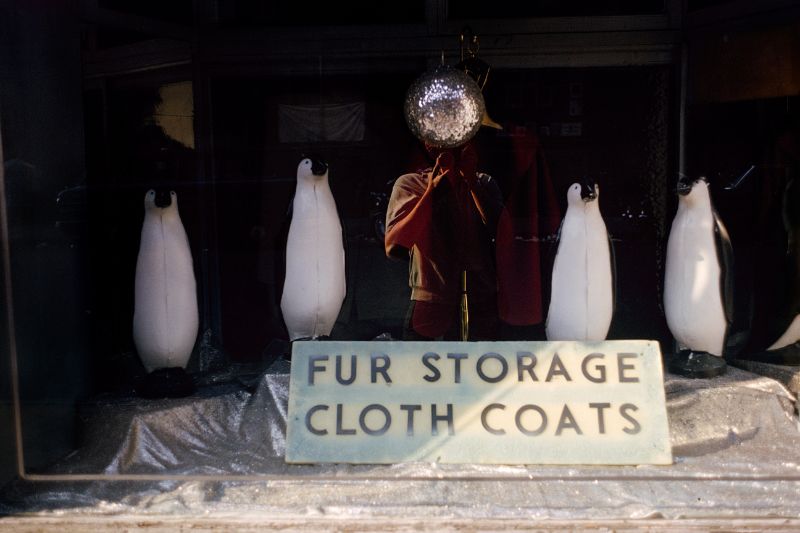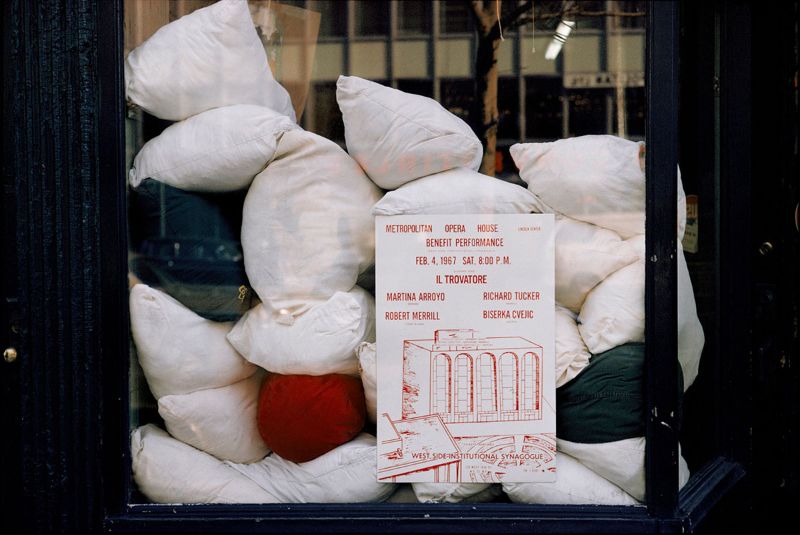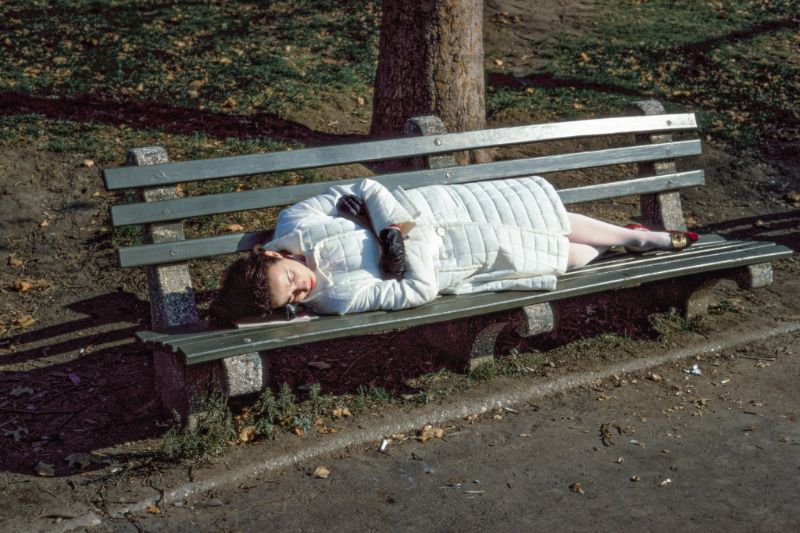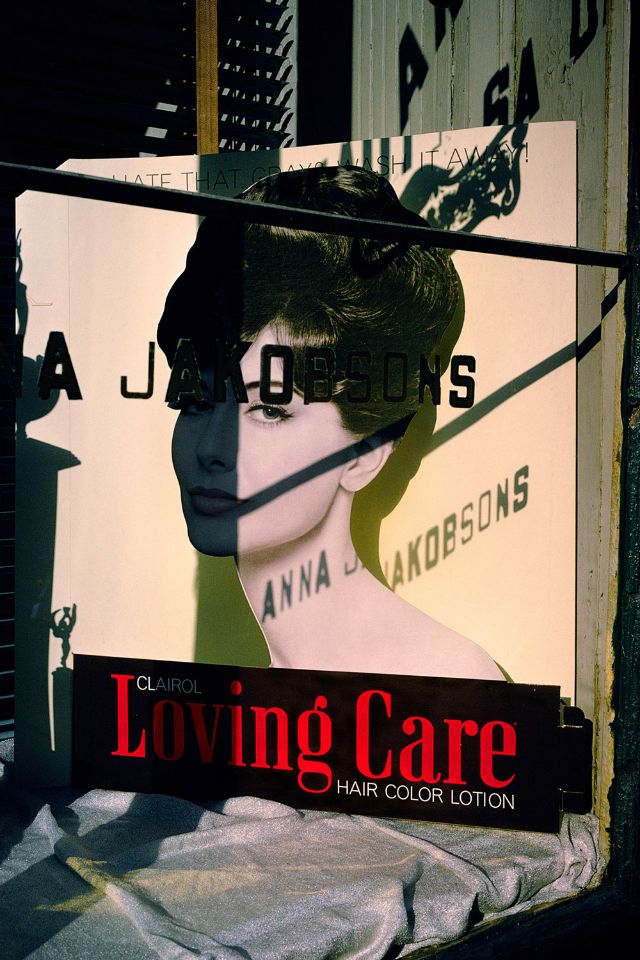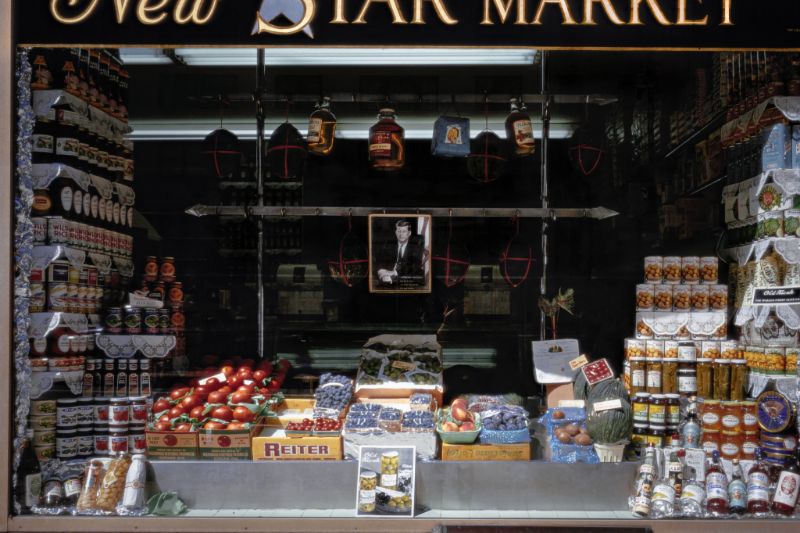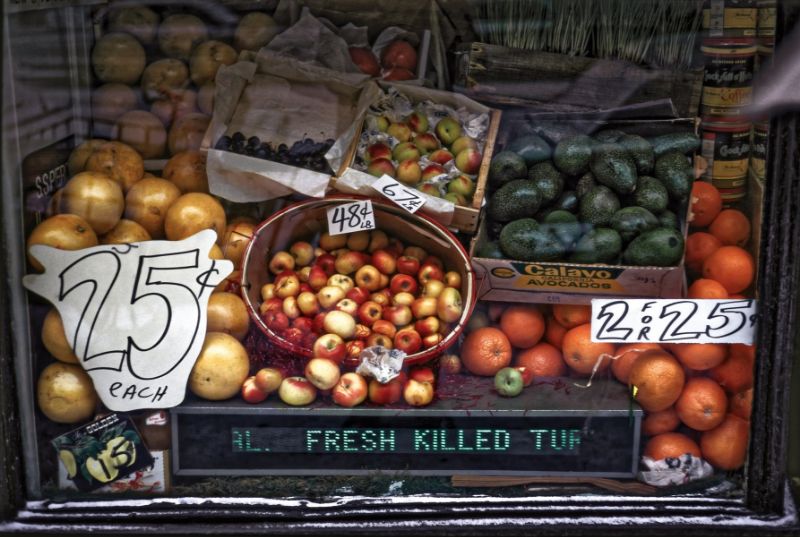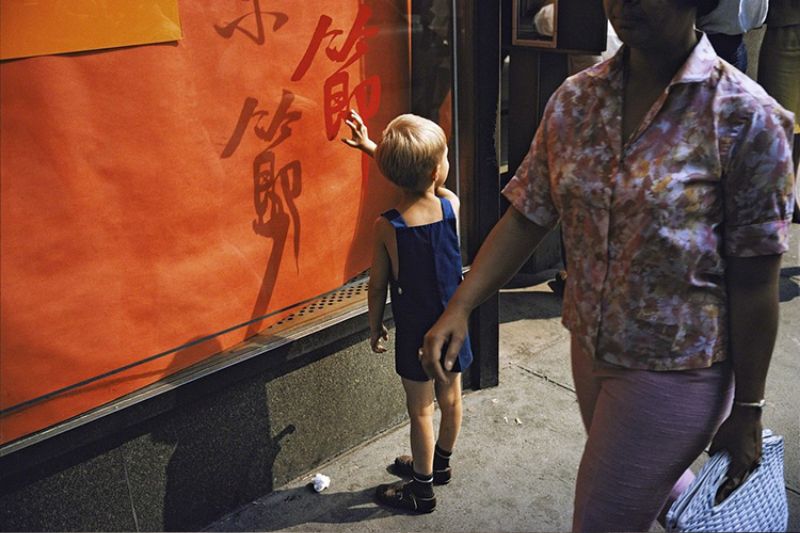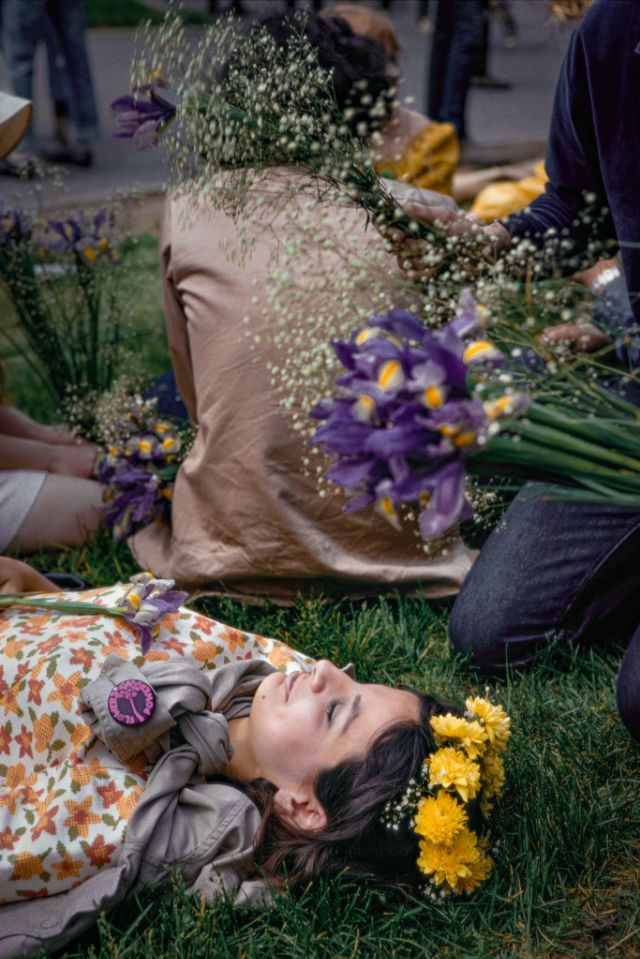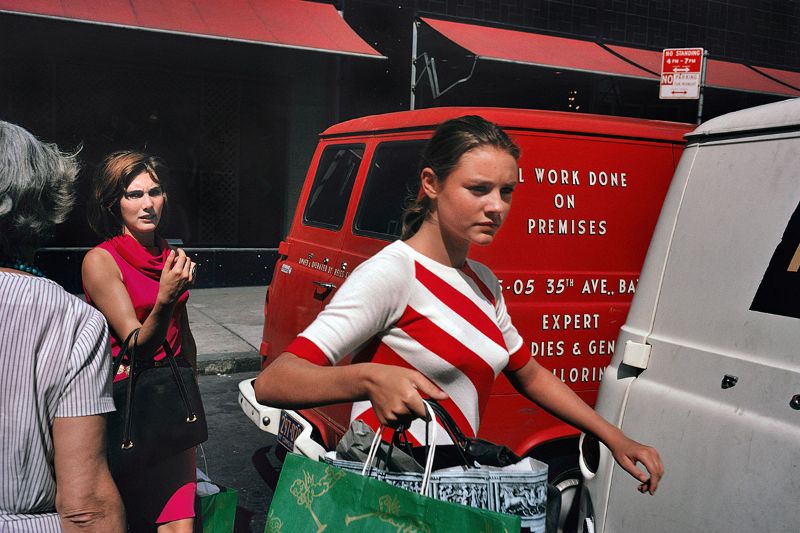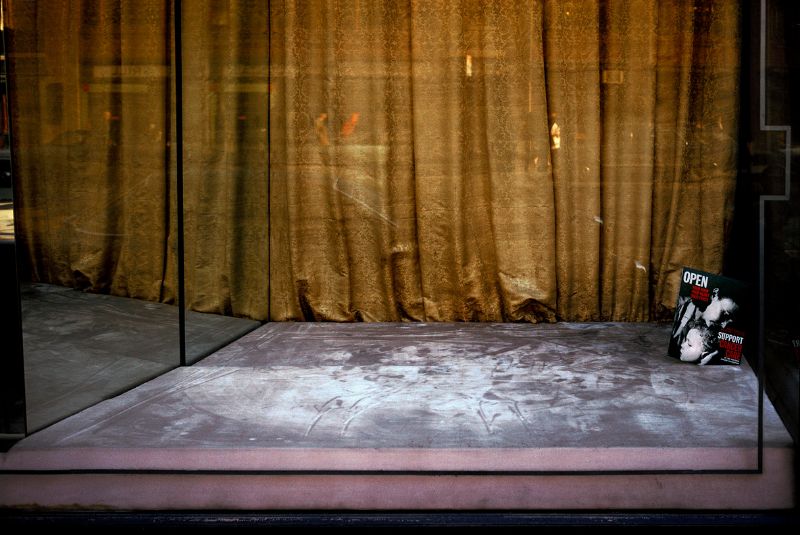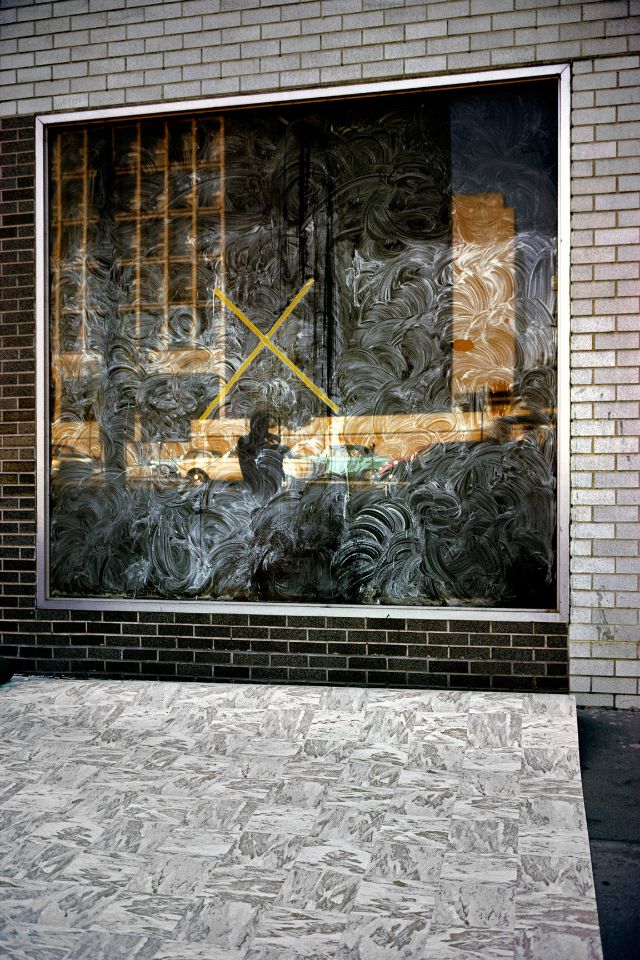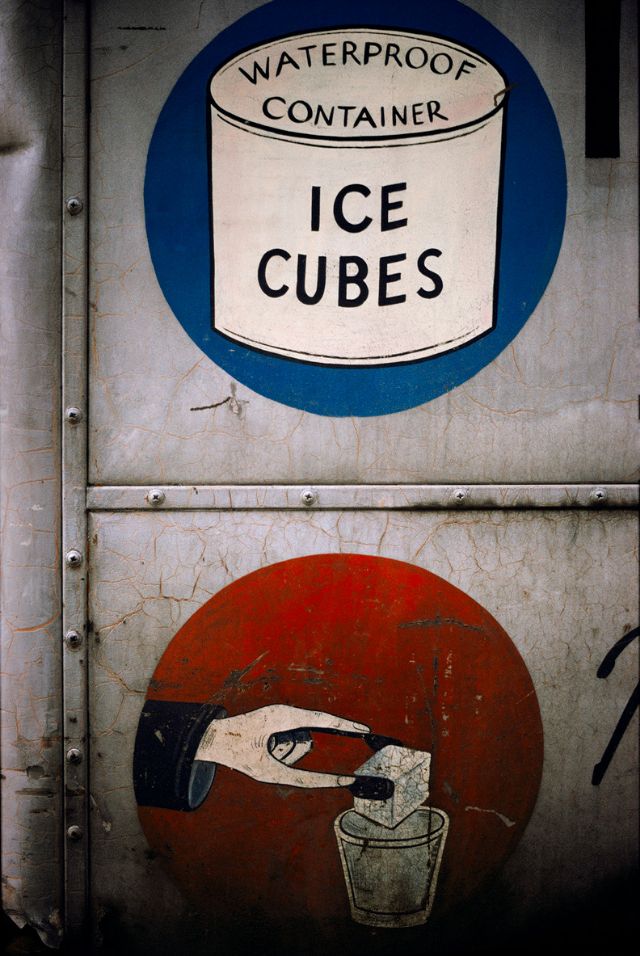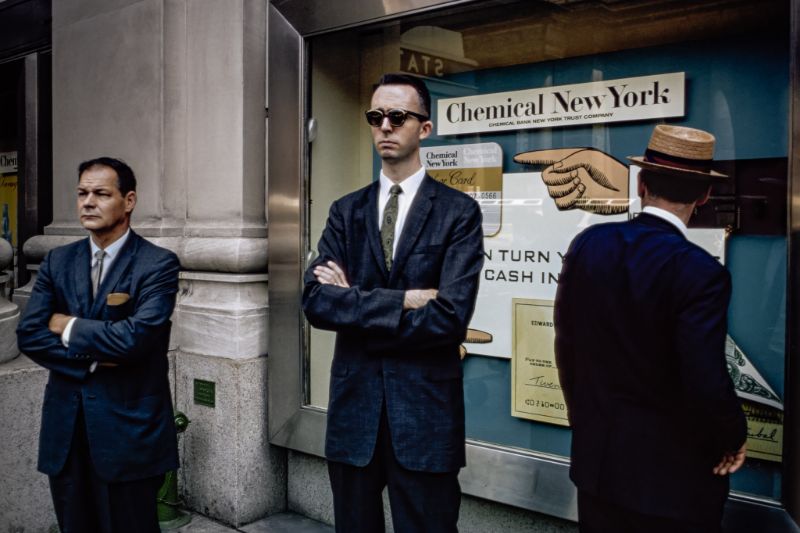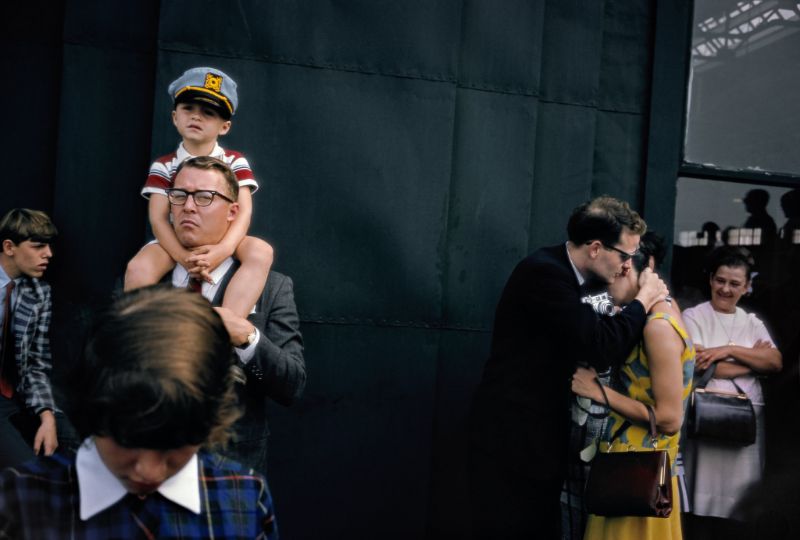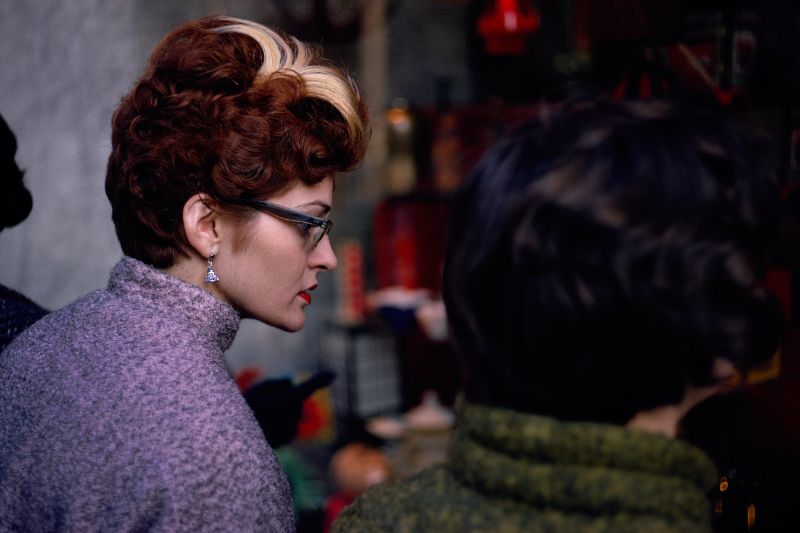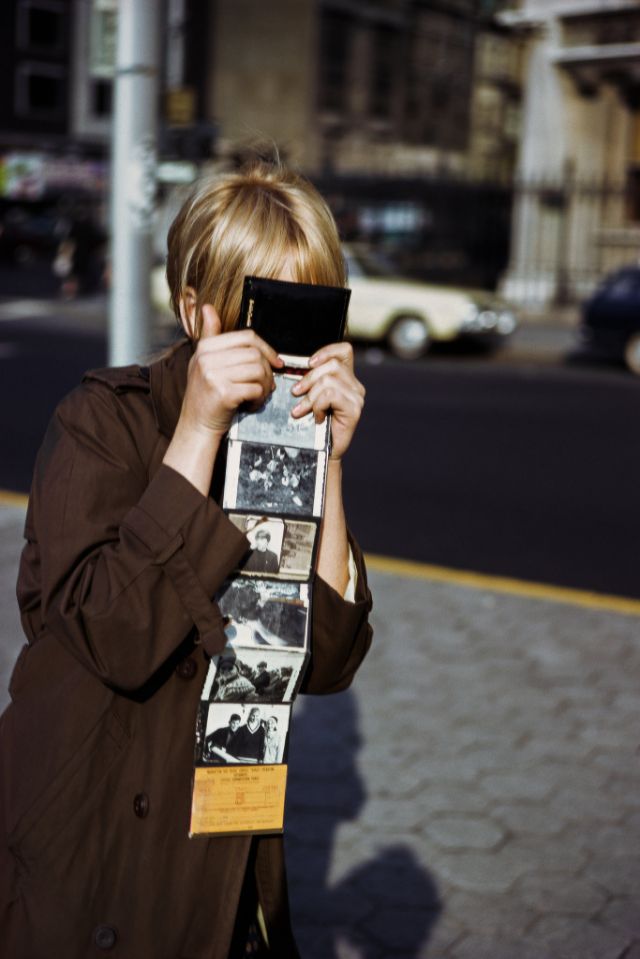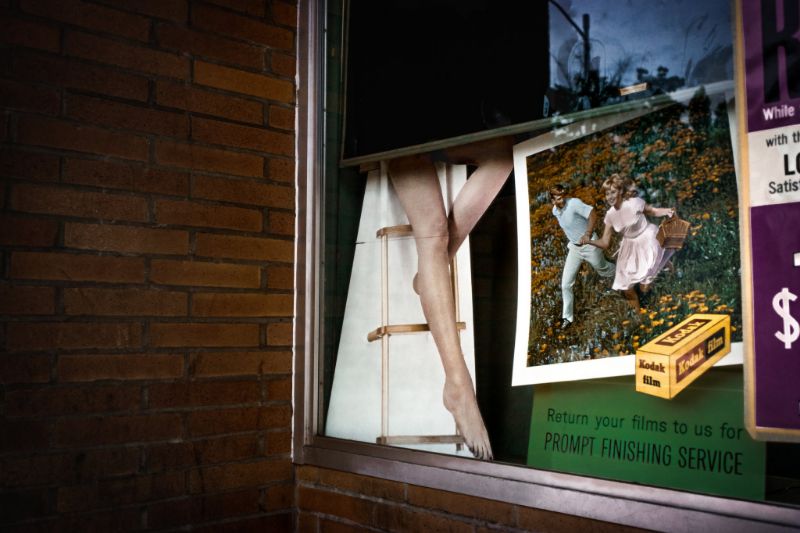Lush Kodachrome Photos of New York in the Late 1960s
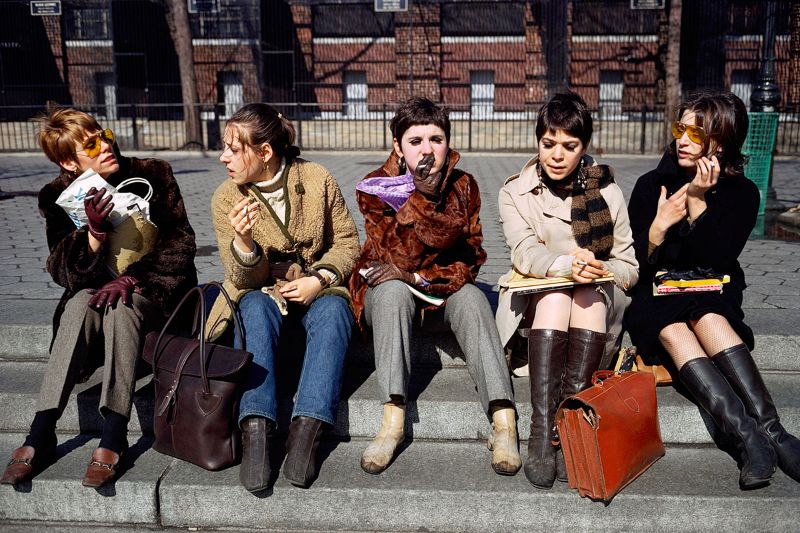
In the late 1960s, 25-year-old Tod Papageorge came to New York as a photographer in the making. Every day he would spend time taking photographs all over the city with his fellows.
h/t: vintag.es
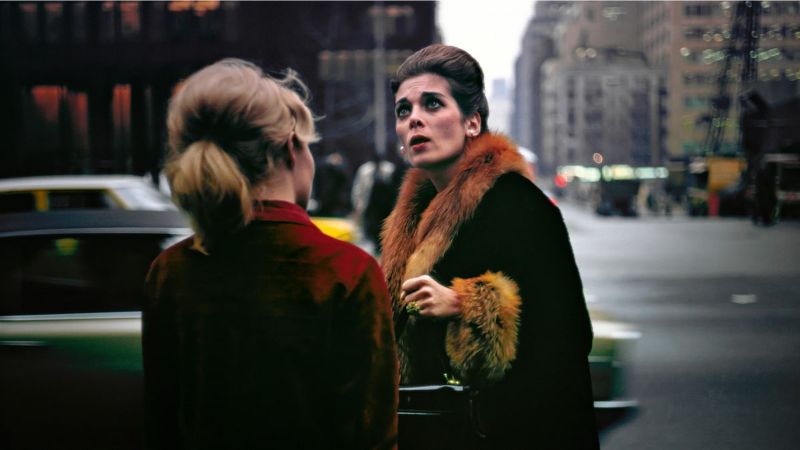
Papageorge’s reportage style was in black and white, but his friends advised him to shoot in color to get more magazine work in the future. Though he failed in reaching his immediate goal of making a living through photography at the time, the journey was more than worth it, as we could clearly see in his published book Dr. Blankman´s New York, two years of rich and saturated Kodachrome images.
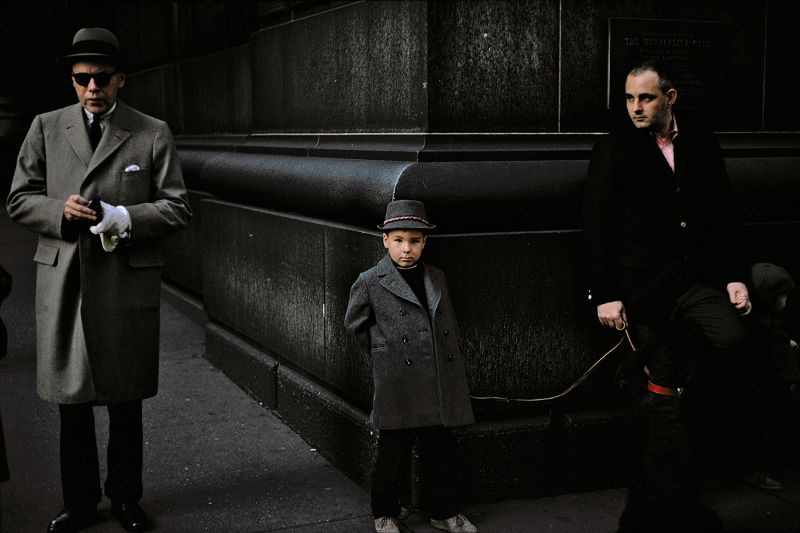
“Photographing in the street with a Leica doesn’t have much to do with planning. You walk out the door and—bang!—like everyone else, you’re part of the great urban cavalcade. But unlike everyone else, you’re carrying an amazing little machine that, joined with a lot of effort, can pull poetry out of a walk downtown. All of the failed pictures you’ve ever made, all of the other photographs you’ve ever loved, even songs and lines from poems walk with you too, insinuating themselves into your decisions about what you’ll make your photographs of, and how you’ll shape them as pictures. The process, if anything, is intuitive rather than the product of planning—although the fact that very few people have been able to produce this kind of work at a high level also suggests how difficult it is. In other words, intuitive may not be an adequate word for describing the stew of wildness, dogged work and hard thought that goes into producing the best of this kind of photography.”

